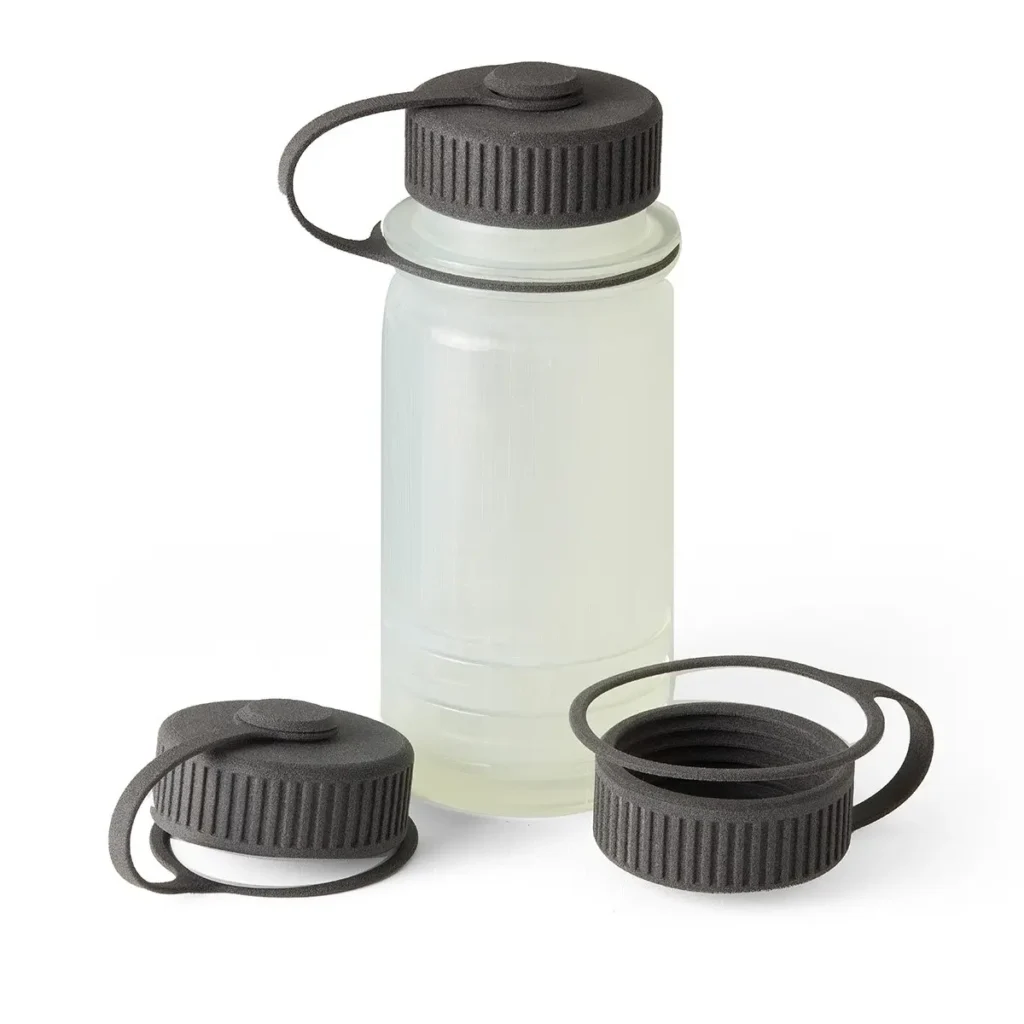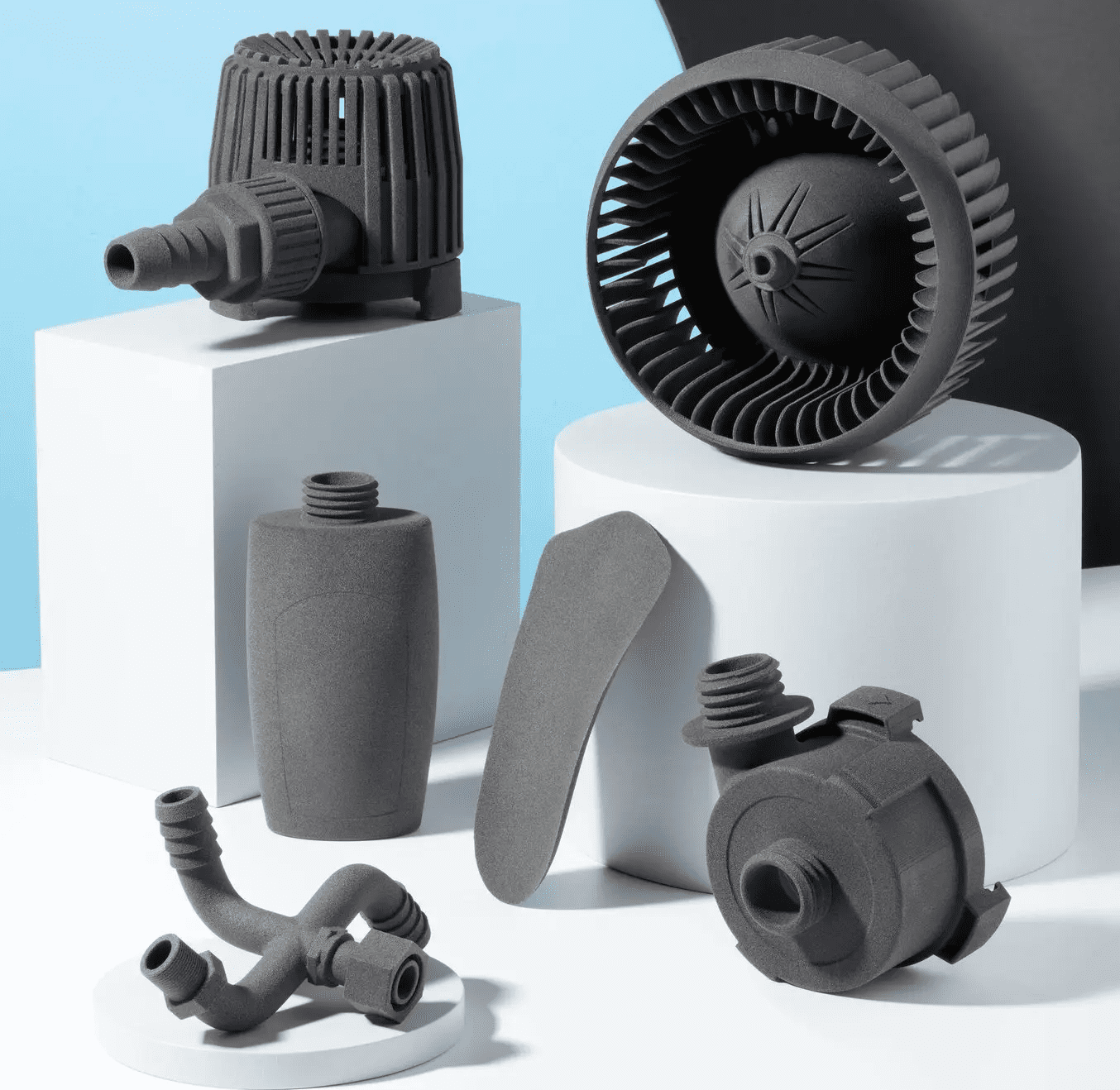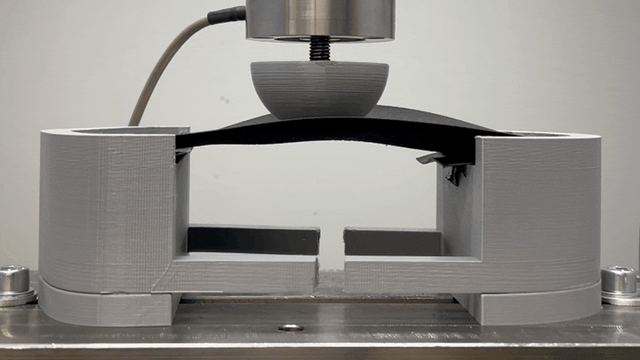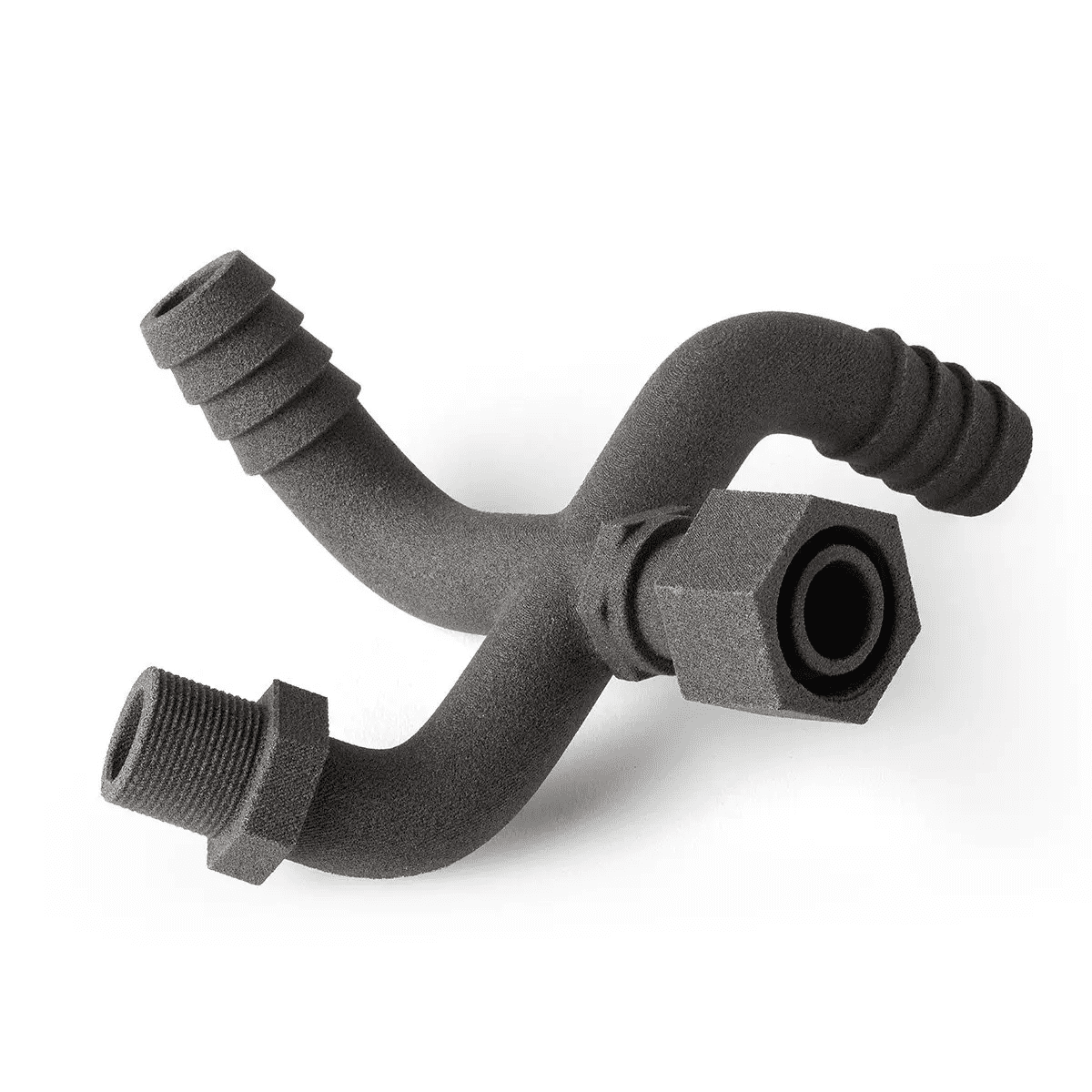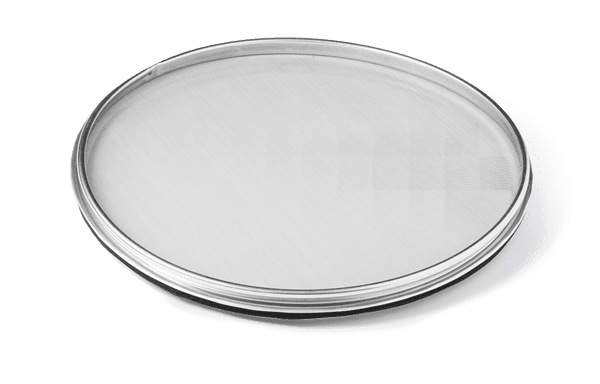Formlabs® Polypropylene Powder
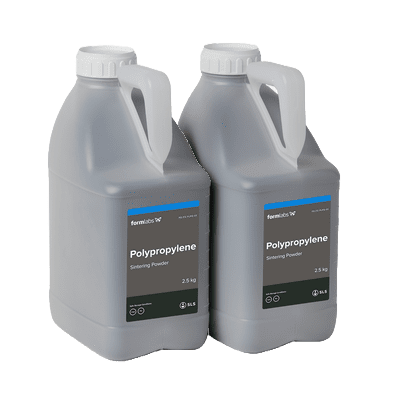
Formlabs®
Polypropylene Powder
Get Your Products TO Market Faster
Accelerate your time to market and reduce costs by manufacturing prototypes and durable end-use parts that are chemically resistant, weldable, and watertight with a simplified workflow in-house using SLS 3D printing with Formlabs' Polypropylene Powder on the FUSE 1+ 30W.
In-house Production of Genuine Polypropylene Components
You can leverage genuine polypropylene for SLS 3D printing to produce works-like prototypes and durable end-use parts that are chemically resistant, weldable, and watertight. This SLS 3D-printing material offers high ductility, allowing for repeated bending and flexing while ensuring durability without the need for inert atmospheric control.
This material requires Sift 300 Sieve to be used with Fuse Sift.
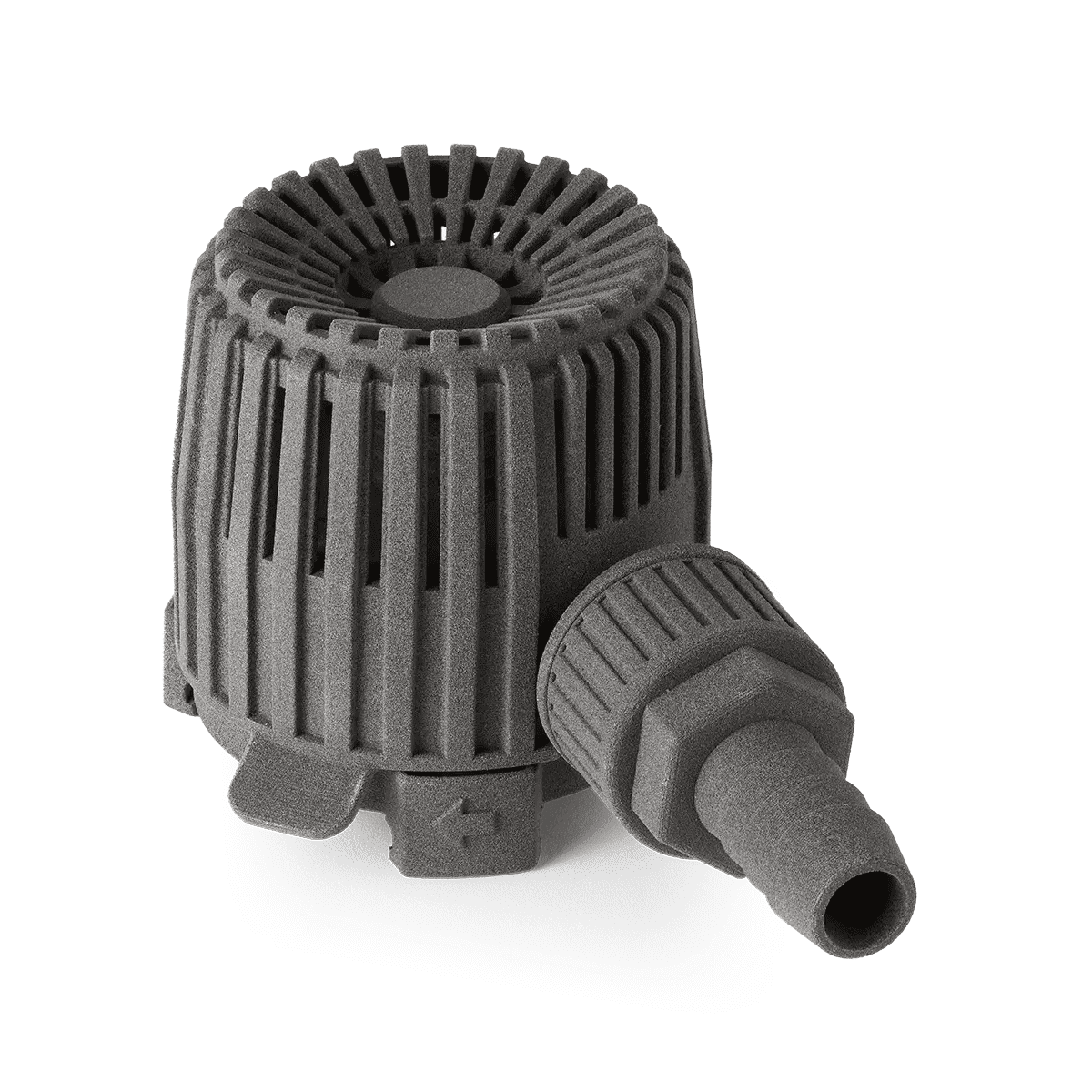
Material Performance
![]() ULTIMATE TENSILE STRENGTH
ULTIMATE TENSILE STRENGTH
29.0 MPa
![]()
TENSILE MODULUS
1640 MPa
![]() ELONGATION AT BREAK (X,Y)
ELONGATION AT BREAK (X,Y)
34%
![]() HEAT DEFLECTION TEMPERATURE @0.45 MPa
HEAT DEFLECTION TEMPERATURE @0.45 MPa
113 °C
Polypropylene Powder for SLS 3D Printing
Polypropylene powder, while not the most common material used for SLS 3D printing (which is nylon), is still a very popular material offered by industrial SLS 3D printer manufacturers. Polypropylene’s omnipresence in the commodity plastics market means that polypropylene is a must-have material for any manufacturer looking to offer end-use production solutions.
Polypropylene materials exhibit lightweightness, impermeability to water, chemical resistance, and ductility. With a density typically ranging between 0.895 and 0.93 g/cm3, polypropylene is one of the least dense plastics available, making it ideal for applications requiring reduced weight.
Renowned for its thermal resistance, along with hydrophobic and oleophobic properties, polypropylene finds extensive use in the food packaging sector. Through formulations with various additives, polypropylene can achieve enhanced toughness, rendering it suitable for engineering applications subjected to repetitive pressure or impact.
While the heat deflection temperature (HDT) of most polypropylene variants reaches approximately 100 °C at 0.45 MPa, which isn’t exceptionally high, it remains versatile for a diverse array of applications.
Why choose Polypropylene with 3D Printing SLS Technology
Various options exist for 3D printing polypropylene materials, such as selective laser sintering (SLS) or multi-jet fusion (MJF) utilizing polypropylene powder, as well as fused deposition modeling (FDM) using polypropylene filament. Additionally, polypropylene-like materials are accessible on stereolithography (SLA) printers capable of faithfully replicating the properties of polypropylene.
So, what are the differences?
SELECTIVE LASER SINTERING (SLS) |
MULTI-JET FUSION (MJF) |
FUSED DEPOSITION MODELING (FDM) |
STEREOLITHOGRAPHY (SLA) |
||
Resolution |
★ ★ ★ ★ ☆ | ★ ★ ★ ★ ☆ | ★ ★ ★ ☆ ☆ | ★ ★ ★ ★ ★ | |
Accuracy |
★ ★ ★ ★ ★ | ★ ★ ★ ★ ★ | ★ ★ ★ ★ ☆ | ★ ★ ★ ★ ★ | |
Surface Finish |
★ ★ ★ ★ ☆ | ★ ★ ★ ★ ☆ | ★ ★ ☆ ☆ ☆ | ★ ★ ★ ★ ★ | |
Throughput |
★ ★ ★ ★ ★ | ★ ★ ★ ★ ★ | ★ ★ ★ ☆ ☆ | ★ ★ ★ ★ ★ | |
Complex Designs |
★ ★ ★ ★ ★ | ★ ★ ★ ★ ★ | ★ ★ ★ ☆ ☆ | ★ ★ ★ ★ ★ | |
Ease of Use |
★ ★ ★ ★ ☆ | ★ ★ ★ ☆ ☆ | ★ ★ ★ ★ ★ | ★ ★ ★ ★ ★ | |
Material Properties |
★ ★ ★ ★ ★ | ★ ★ ★ ★ ★ | ★ ★ ★ ☆ ☆ | ★ ★ ★ ☆ ☆ | |
Available Materials |
Polypropylene powder | Polypropylene powder | Polypropylene filament | Polypropylene-like materials: Tough 1500 Resin, Durable Resin | |
Pros |
High-quality parts Design freedom No need for support structures High throughput Simplified workflow Small footprint Low maintenance |
Large build volume High-quality parts Design freedom No need for support structures High throughput |
Low-cost consumer machines and materials Fast for simple, small parts Wide variety of colors |
Affordable High-Quality Parts Design Freedom |
|
Cons |
Moderate build volume |
Expensive machinery Large footprint Facility requirements Requires a dedicated operator |
Low accuracy Lower quality parts Anisotropic Limited design freedom Requires supports |
Not true polypropylene |
